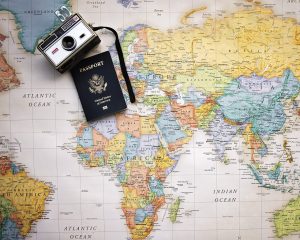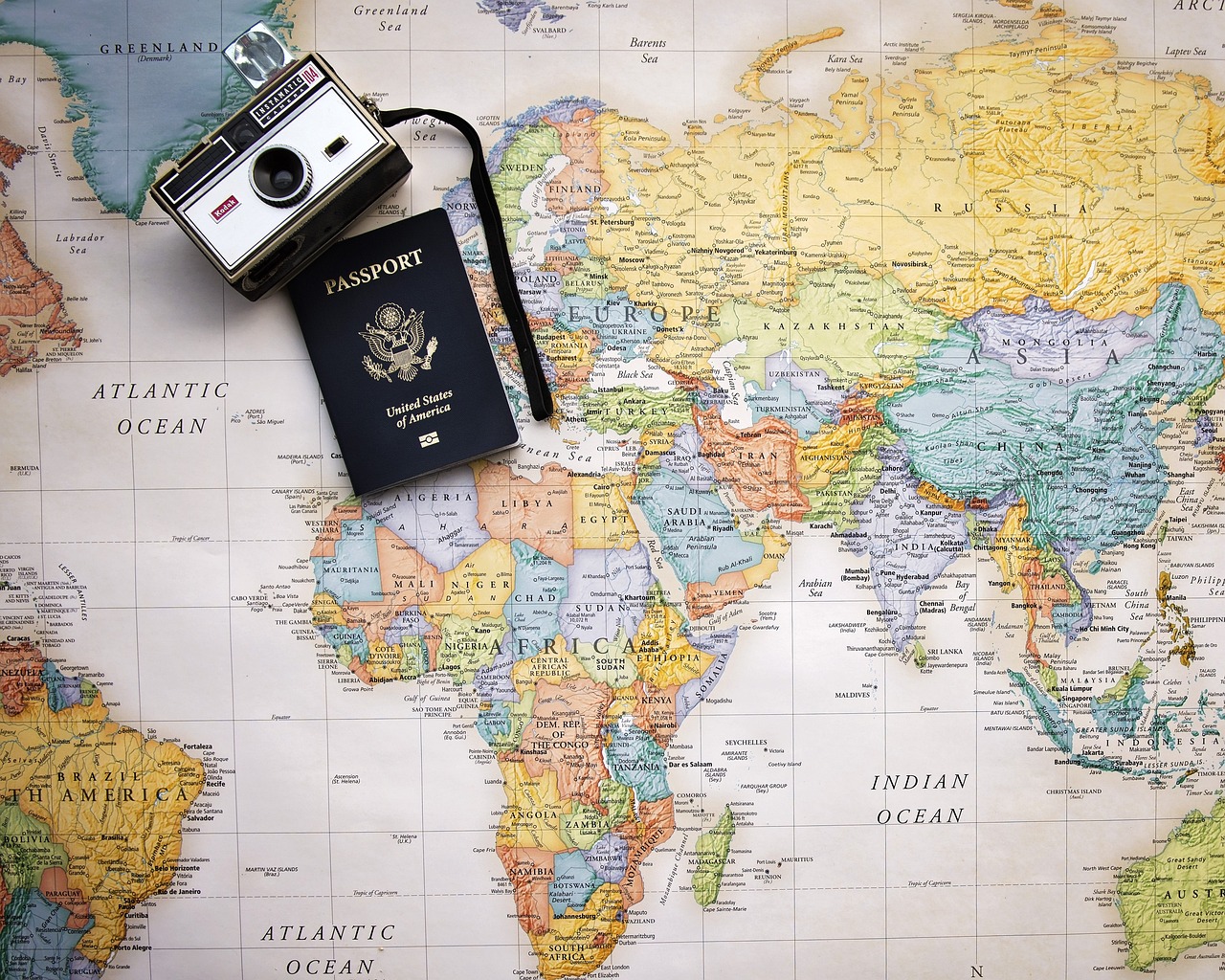
Photo by <a href="https://pixabay.com/users/Pamjpat-6320763/?utm_source=instant-images&utm_medium=referral" target="_blank" rel="noopener noreferrer">Pamjpat</a> on <a href="https://pixabay.com" target="_blank" rel="noopener noreferrer">Pixabay</a>
As someone who is passionate about traveling and writing travel content, one of the questions I often find myself asking is, How many countries are there in the world? While the United Nations member list suggests that there may be as few as 193 countries or as many as 199, the answer is not that simple.
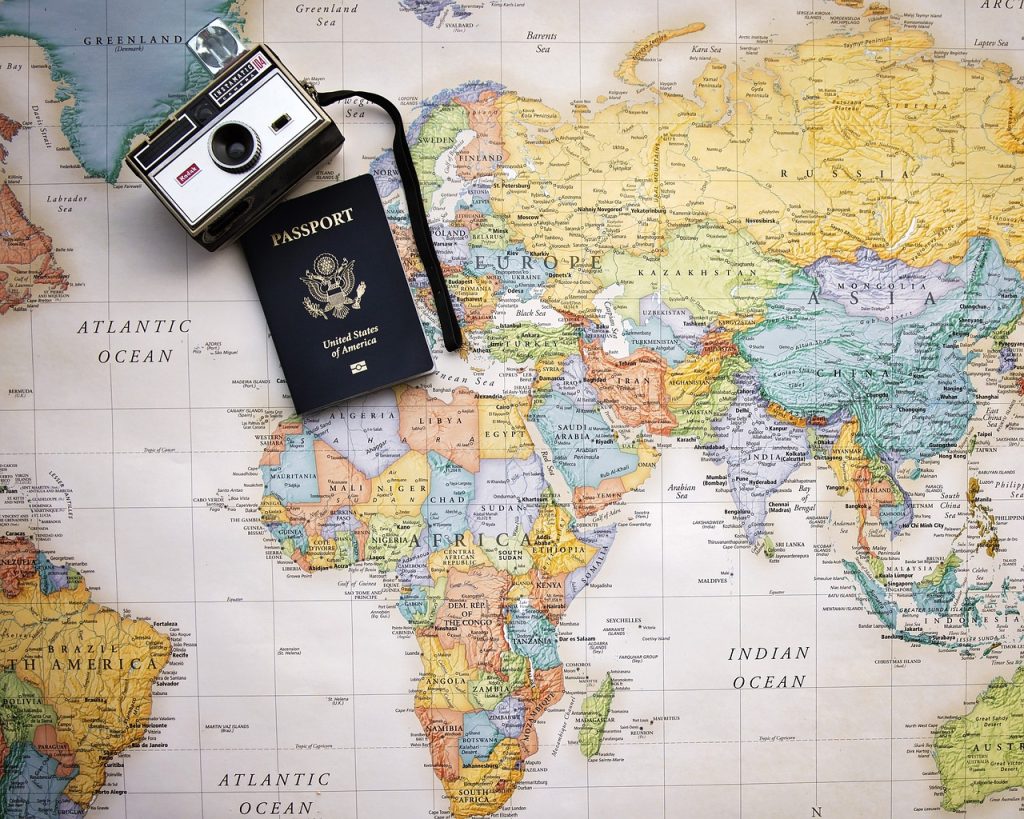
For instance, what about places like Kosovo and Taiwan? Despite being unrecognized by the UN and being politically controversial, they meet all the criteria to be considered sovereign states. In this article, I will delve into these issues and explain why it’s not easy to arrive at an exact tally of the world’s countries.
The number of countries in the world is a topic that may seem simple at first glance, but is actually quite complex and dynamic. Knowing how many countries there are in the world can help us understand the diversity and interconnectedness of the human population, as well as the challenges and opportunities that arise from global issues. In this article, we will explore what a country is, how many countries there are in the world, and why this number matters.
What Is the Definition for a Country?
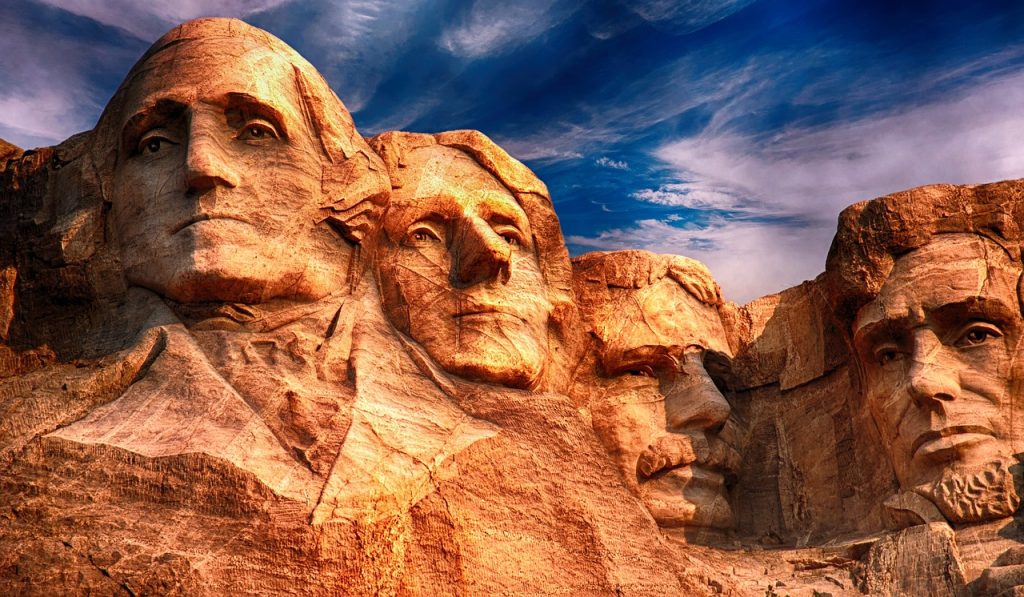
A country is a political entity that has a defined territory, a permanent population, a government, and the capacity to enter into relations with other countries. However, this definition is not universally accepted or applied, and there are different perspectives and controversies surrounding the concept of a country.
One of the main sources of disagreement is the recognition of a country by other countries. Recognition is the act of acknowledging the existence and legitimacy of a country by another country or an international organization. Recognition can have significant implications for the diplomatic, economic, and security relations of a country, as well as its participation in international institutions and agreements.
Nevertheless, acknowledgment varies from one nation or organization to another and isn’t usually unanimity. A territory could be recognized as a country by certain nations while being regarded as a disputed area or a component of another nation by others. Western Sahara, Taiwan, Kosovo, and Palestine are a few instances of such territories.
Self-determination of a nation is a further point of contention. The right of a people to choose their own political status and establish their own government is known as self-determination. Various political actions, such as elections, independence movements, secession movements, or armed wars, can be used to express one’s right to self-determination.
However, other nations or organizations do not always accept or support the right to self-determination. For instance, certain nations might be against a territory exercising its right to self-determination due to strategic, economic, cultural, or historical considerations. These regions include Catalonia, Kurdistan, Tibet and Crimea to name a few.
UN Definition of Countries in The World
When determining the number of countries in the world, the United Nations member list is the most comprehensive resource. According to the UN list, there are 193 UN member states, 2 UN General Assembly non-member observer states (Palestine, Holy See), and 2 eligible non-member states (Cook Islands, Niue).
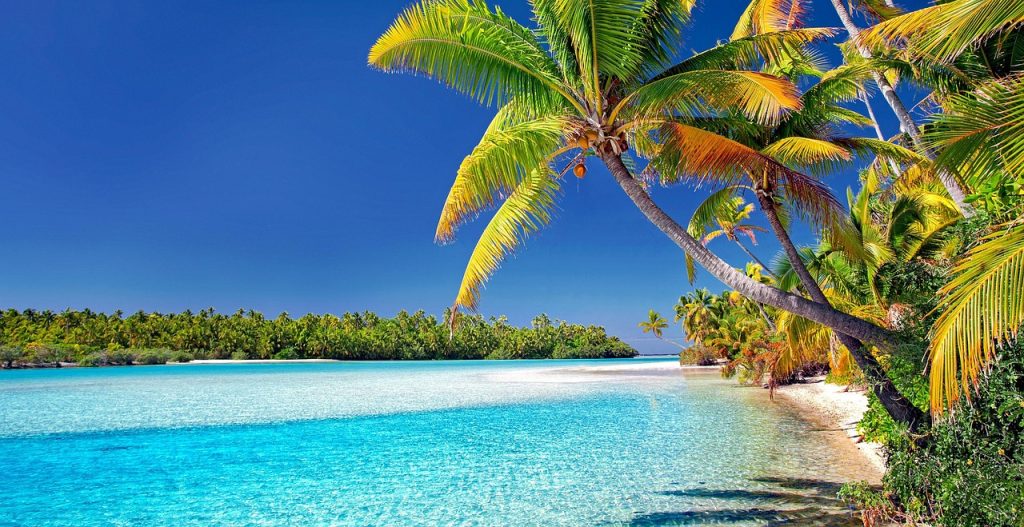
If we add all of these up, we get a total of 193, 195, or 197 countries. The strictest definition of countries (UN membership) would give us 193 countries, while the loosest definition (including all eligible states) would give us 197 countries.
However, it is not fair to exclude a country from the total just because it is not a UN member, as long as it meets all the criteria for being considered a country. Therefore, there are a total of 197 countries in the world.
But what about Kosovo and Taiwan, which are unrecognized by the UN? While Taiwan is not recognized by the UN, it fits any definition of a sovereign country. The status of Kosovo is more controversial, as it is recognized by some countries but not by others.
In conclusion, according to the UN definition, there are 197 countries in the world. However, the issue of unrecognized countries such as Kosovo and Taiwan remains a topic of debate.
Full List of Countries in the World
Below is an alphabetical list of all the countries in the world according to the United Nations. This list includes the official UN member list from their website. Additionally, a handful of disputed or miscellaneous countries that also meet the criteria to be included are listed at the end.
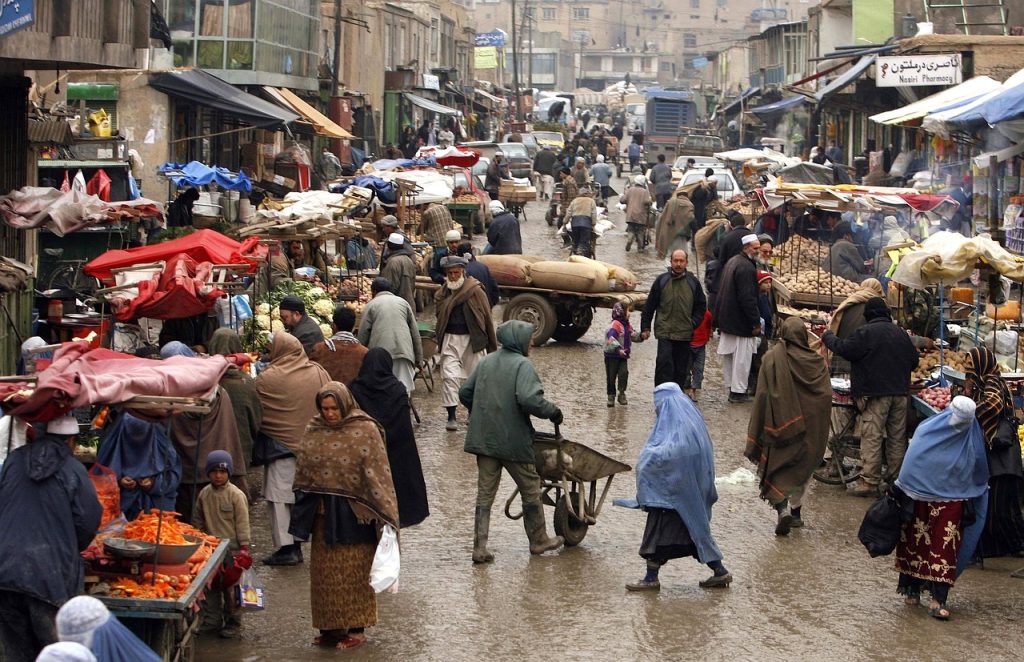
1. Afghanistan (Is it really a country now?)
2. Albania
3. Algeria
4. Andorra
5. Angola
6. Antigua & Barbuda
7. Argentina
8. Armenia
9. Australia
10. Austria
11. Azerbaijan
12. Bahamas
13. Bahrain
14. Bangladesh
15. Barbados
16. Belarus
17. Belgium
18. Belize
19. Benin
20. Bhutan
21. Bolivia
22. Bosnia & Herzegovina
23. Botswana
24. Brazil
25. Brunei
26. Bulgaria
27. Burkina Faso
28. Burundi
29. Cabo Verde
30. Cambodia
31. Cameroon
32. Canada
33. Central African Republic
34. Chad
35. Chile
36. China
37. Colombia
38. Comoros
39. Congo
40. Costa Rica
41. Croatia
42. Cuba
43. Cyprus
44. Czech Republic (Czechia)
45. Côte d’Ivoire
46. Denmark
47. Djibouti
48. Dominica
49. Dominican Republic
50. DR Congo
51. Ecuador
52. Egypt
53. El Salvador
54. Equatorial Guinea
55. Eritrea
56. Estonia
57. Eswatini
58. Ethiopia
59. Fiji
60. Finland
61. France
62. Gabon
63. Gambia
64. Georgia
65. Germany
66. Ghana
67. Greece
68. Grenada
69. Guatemala
70. Guinea
71. Guinea-Bissau
72. Guyana
73. Haiti
74. Honduras
75. Hungary
76. Iceland
77. India
78. Indonesia
79. Iran
80. Iraq
81. Ireland
82. Israel
83. Italy
84. Jamaica
85. Japan
86. Jordan
87. Kazakhstan
88. Kenya
89. Kiribati
90. Kuwait
91. Kyrgyzstan
92. Laos
93. Latvia
94. Lebanon
95. Lesotho
96. Liberia
97. Libya
98. Liechtenstein
99. Lithuania
100. Luxembourg
101. Madagascar
102. Malawi
103. Malaysia
104. Maldives
105. Mali
106. Malta
107. Marshall Islands
108. Mauritania
109. Mauritius
110. Mexico
111. Micronesia
112. Moldova
113. Monaco
114. Mongolia
115. Montenegro
116. Morocco
117. Mozambique
118. Myanmar (Burma)
119. Namibia
120. Nauru
121. Nepal
122. Netherlands
123. New Zealand
124. Nicaragua
125. Niger
126. Nigeria
127. North Korea
128. North Macedonia
129. Norway
130. Oman
131. Pakistan
132. Palau
133. Panama
134. Papua New Guinea
135. Paraguay
136. Peru
137. Philippines
138. Poland
139. Portugal
140. Qatar
141. Romania
142. Russia
143. Rwanda
144. Saint Kitts & Nevis
145. Saint Lucia
146. Samoa
147. San Marino
148. Sao Tome & Principe
149. Saudi Arabia
150. Senegal
151. Serbia
152. Seychelles
153. Sierra Leone
154. Singapore
155. Slovakia
156. Slovenia
157. Solomon Islands
158. Somalia
159. South Africa
160. South Korea
161. South Sudan
162. Spain
163. Sri Lanka
164. St. Vincent & Grenadines
165. Sudan
166. Suriname
167. Sweden
168. Switzerland
169. Syria
170. Tajikistan
171. Tanzania
172. Thailand
173. Timor-Leste
174. Togo
175. Tonga
176. Trinidad & Tobago
177. Tunisia
178. Turkey
179. Turkmenistan
180. Tuvalu
181. Uganda
182. Ukraine
183. United Arab Emirates
184. United Kingdom
185. United States of America
186. Uruguay
187. Uzbekistan
188. Vanuatu
189. Venezuela
190. Vietnam
191. Yemen
192. Zambia
193. Zimbabwe
194. Holy See (Vatican)¹
195. Palestine¹
196. Cook Islands²
197. Niue²
198. Taiwan³
199. Kosovo³
¹ UN non-member observer states
² UN eligible non-member states
³ Unrecognized by UN

So How Many Countries are there?
Given the different definitions and perspectives on what constitutes a country, there is no definitive answer to how many countries there are in the world. The number of countries can vary depending on the source and criteria used to determine if a territory is a country.
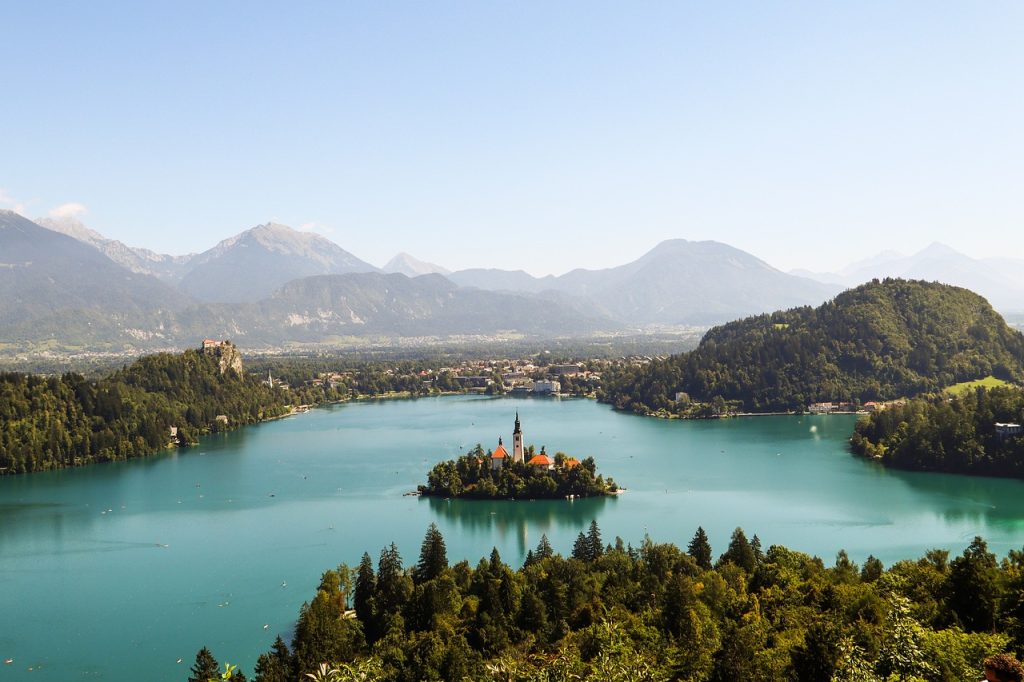
One of the most widely used sources for counting the number of countries in the world is the United Nations (UN). The UN is an international organization that aims to maintain international peace and security, promote cooperation and dialogue among countries, and address global issues. The UN has 193 member states and 2 observer states (the Holy See and Palestine). However, this does not mean that there are only 195 countries in the world, as some territories that are not members or observers of the UN may still be considered as countries by other sources.
There are many different sources for counting the number of countries in the world, depending on the criteria and methods they use.
- The International Olympic Committee (IOC): The IOC is an international organization that organizes and oversees the Olympic Games and other sporting events. The IOC recognizes 206 National Olympic Committees (NOCs) that represent their respective countries or territories in the Olympic movement. However, some of these NOCs are not recognized as sovereign states by other sources, such as Taiwan, Kosovo, Puerto Rico and Hong Kong.
- The International Telecommunication Union (ITU): The ITU is a specialized agency of the United Nations that deals with information and communication technologies. The ITU assigns country codes to each member state and some non-member entities that have their own telecommunication networks. The ITU currently has 193 member states and 41 non-member entities, such as Vatican City, Palestine and Western Sahara.
- The International Organization for Standardization (ISO): The ISO is an international body that develops and publishes standards for various fields and industries. The ISO has a standard code for identifying countries and regions called ISO 3166. The ISO 3166 lists 249 entities that have codes assigned to them. However, some of these entities are not considered as countries by other sources, such as Antarctica, French Guiana and Guernsey.
- Other sources for counting the number of countries in the world include various publications, websites, organizations, or institutions that have their own criteria and methods for defining and recognizing countries. Some examples of such sources are The World Factbook by the Central Intelligence Agency (CIA), Worldometers, The World Bank and The Economist. These sources may have different numbers of countries in their lists, ranging from around 190 to over 200.
The number of countries in the world is also subject to change over time, as new countries may emerge or existing countries may merge or split due to various political events. For example, in recent history, some of the changes in the number of countries include:
- The creation of South Sudan in 2011 after it seceded from Sudan following a referendum.
- The dissolution of Yugoslavia in 1991-2006 into several independent states such as Serbia, Croatia, Bosnia and Herzegovina, Slovenia, Macedonia (now North Macedonia), Montenegro and Kosovo.
- The reunification of Germany in 1990 after it was divided into East Germany and West Germany following World War II.
Why Does the Number of Countries Matter?
The number of countries in the world has important implications for various aspects of global politics and economics. Some of the benefits and drawbacks of having more or fewer countries are:
- More countries may mean more diversity and representation of different cultures, languages, religions, values and interests in the world. This can foster mutual understanding, respect, and cooperation among different groups of people. However, more countries may also mean more conflicts and disputes over borders, resources, sovereignty and identity. This can lead to violence, instability and human rights violations.
- Fewer countries may mean more integration and coordination of policies, regulations and standards among different regions and sectors. This can facilitate trade, investment, innovation and development in the world. However, fewer countries may also mean more homogenization and domination of certain cultures, languages, religions, values and interests in the world. This can undermine the diversity, autonomy and dignity of different groups of people.
Frequently Asked Questions about countries in the world
What is The World’s Newest Country?
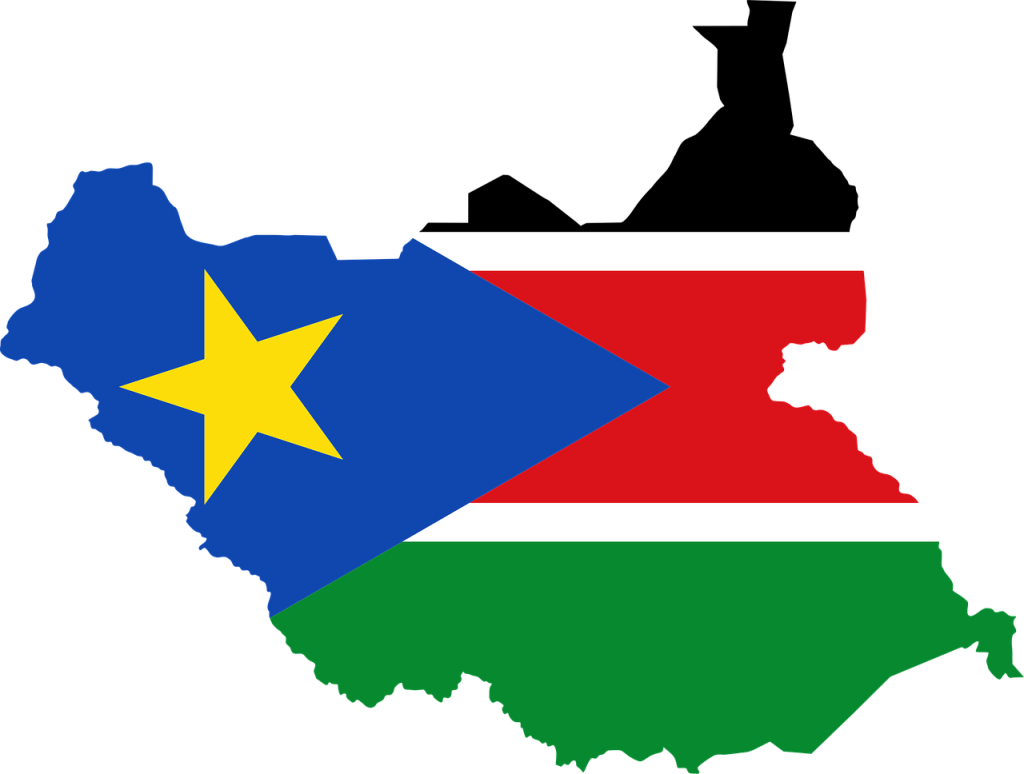
South Sudan is currently the world’s newest country. It separated from Sudan in 2011, making it the youngest country in the world. South Sudan has a population of almost 13 million people and its capital and largest city is Juba. Before South Sudan, Montenegro in Europe was the world’s newest UN-recognized country, having separated from Serbia in 2006.
What is the World’s Oldest Country?
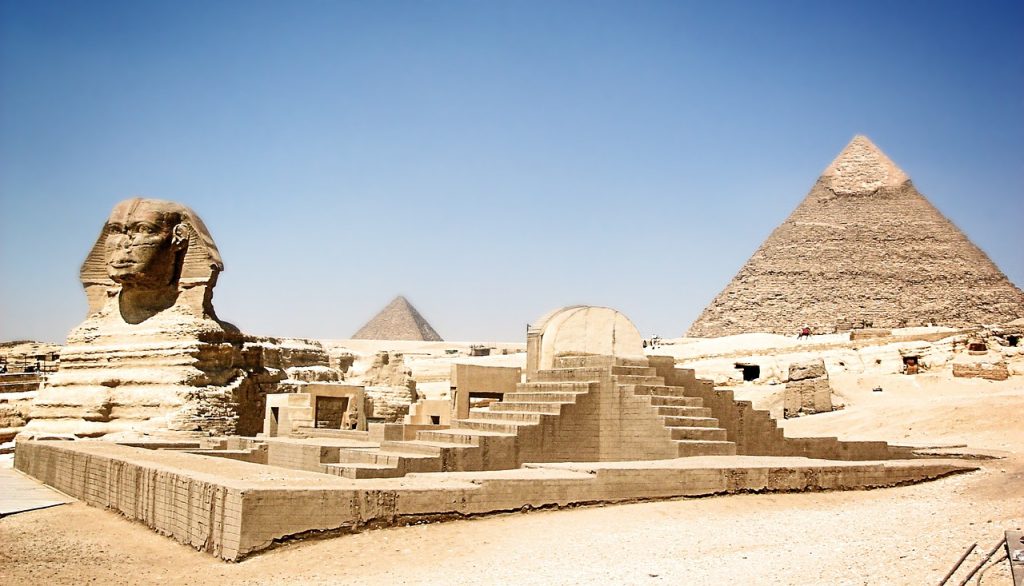
It’s difficult to pinpoint the world’s oldest country, but some of the contenders are China, Egypt, India, Iran and Japan. The Egyptian pyramids were built in 2560 BC, which makes Egypt a strong contender for the world’s oldest country.
What is the World’s Biggest Country?
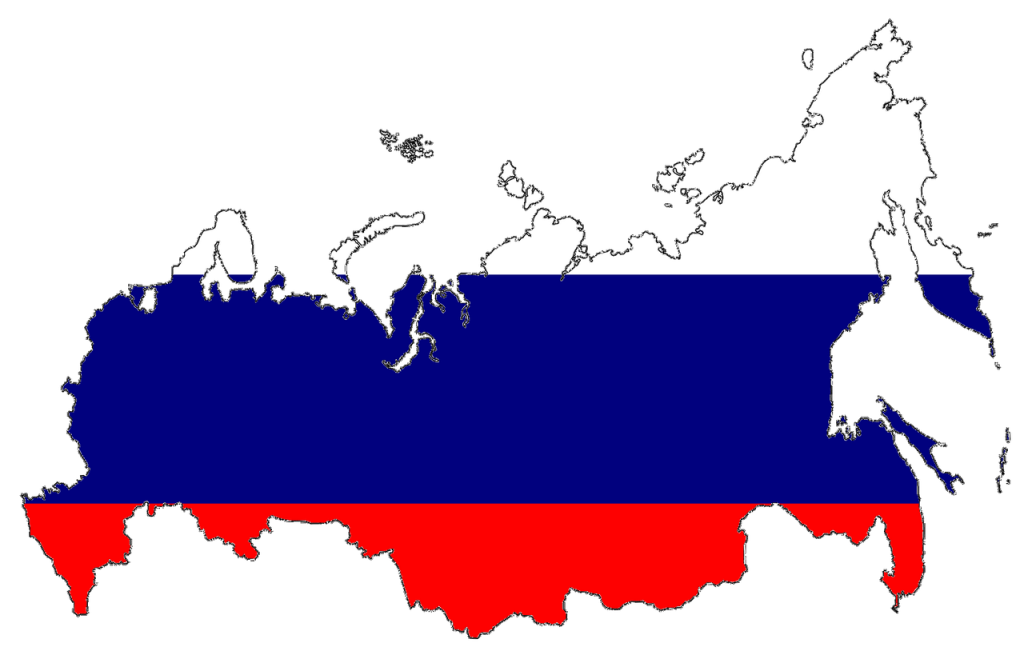
With a total size of 17,098,242 square kilometers (6,601,665 mi2), Russia is by far the largest country in the world. It encompasses one-tenth of the planet’s surface and extends over 11 time zones, two continents (Asia and Europe). The second and third largest nations in the world, respectively, are Canada and the United States. Canada could fit the UK more than 40 times!
What is the World’s Smallest Country?
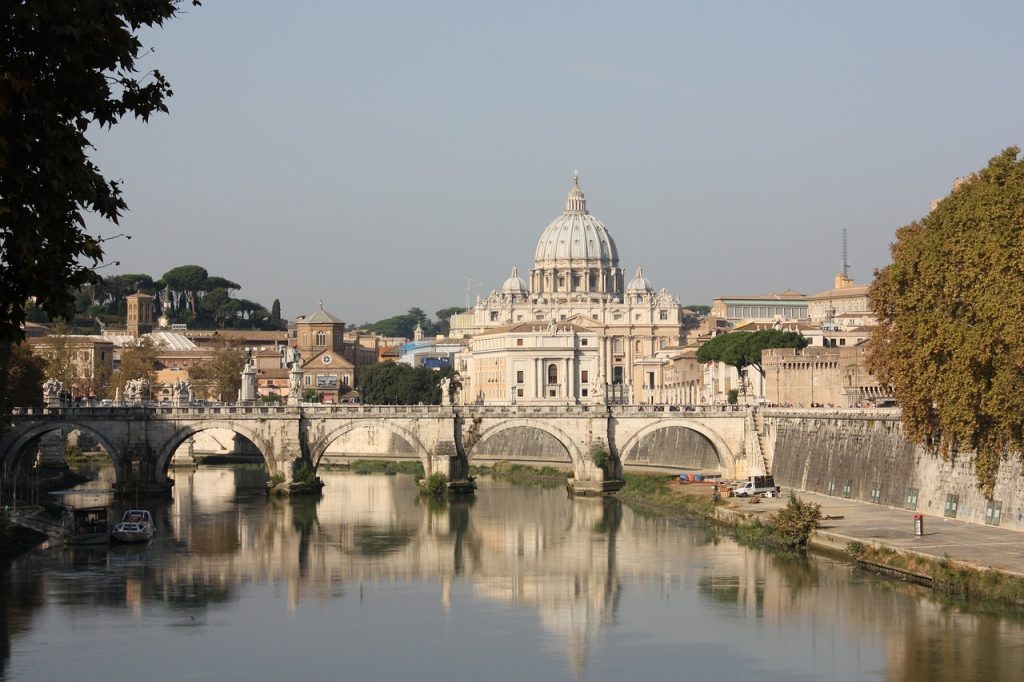
The Holy See, often known as the Vatican City, has the smallest land and population in the whole globe. Its 44 hectares (109 acres) of land are home to 800 people.
If you go by UN membership strictly, Monaco is the world’s smallest country in terms of area, covering 202 hectares (499 acres). It is the most densely inhabited nation in the world, with a population of around 40,000.
The small island republic of Nauru, with a total area of 21 km2 (8 mi2), is another unique country. It’s the world’s least populous country among UN membership states, and the second smallest UN country by area.
What is the Most Populous Country?
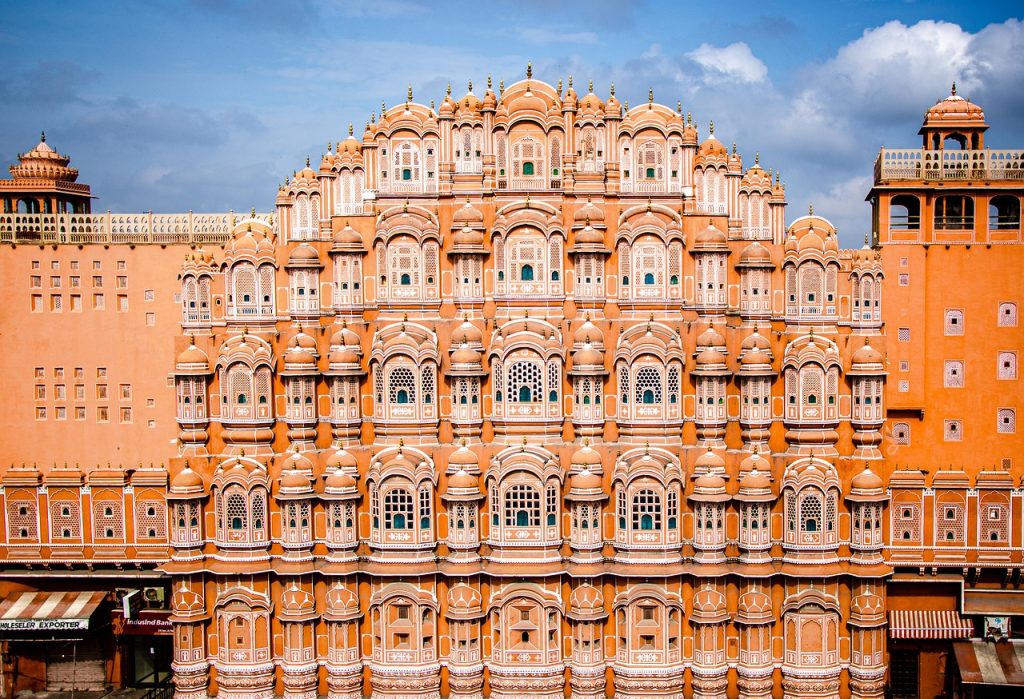
The most populous country in the world now is India, according to the latest estimates by the United Nations and other sources. India has a population of over 1.4 billion people, which is about 17.8% of the world’s population. India surpassed China as the most populous country in 2023, after China’s population growth slowed down due to its one-child policy and aging population. India’s population growth is driven by its high fertility rate, young median age, and large rural population. It’s anticipated that India will continue to have the largest population until Nigeria overtakes it in 2027.
Taiwan is A Country or Not?
Taiwan is an autonomous country with its own constitution, flag, currency, military, widely used passport, and independently elected president. Despite China’s claim of ownership over Taiwan, it is officially recognized by 13 UN member states and maintains unofficial relations with around 100 nations, including the United States and Japan.

Up until the 1970s, when mainland China’s influence started to quickly increase, Taiwan was considered the only genuine representative of China by the majority of UN members. Taiwan was one of the organization’s original founding members. Then mainland China won the vote to replace Taiwan in the UN.
Due to Taiwan’s ties to the mainland China, which is becoming a major economic force, the rest of the world is currently hesitant to recognize Taiwan. Politics is the only factor, nevertheless, that prevents the UN from officially classifying Taiwan as a nation.
In conclusion, Taiwan meets and exceeds the criteria in every way to be considered a country. Despite China’s claim of ownership, Taiwan is an independent and sovereign nation.
Kosovo is A Country or Not?
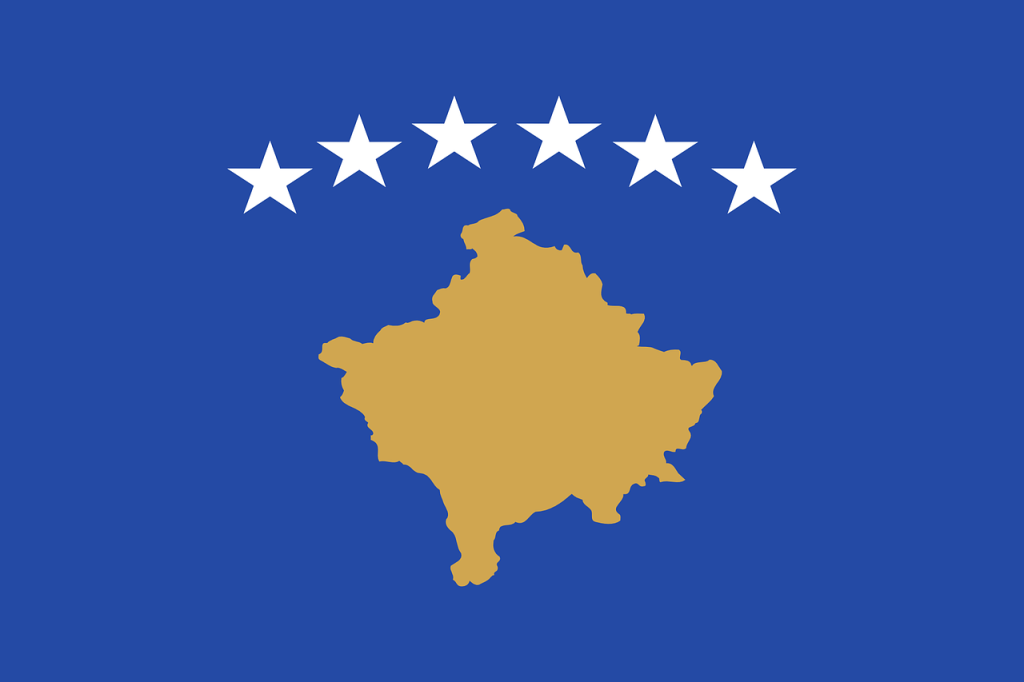
Kosovo is, in every meaning of the word, a sovereign nation. It split off from Serbia in 2008 and has since acted as an independent state with its own flag, passport, armed forces, and constitution. Despite being recognized as a sovereign state by 101 member states of the United Nations, Kosovo has been denied membership in the UN and the European Union due to Serbia’s claim on it. This claim is backed by Serbia’s ally, Russia. However, the only reason anyone would deny that Kosovo is a country is because of politics. Kosovo’s status as an independent country is not up for debate, and it should be included in the total number of countries.
Western Sahara is a Country or Not ?
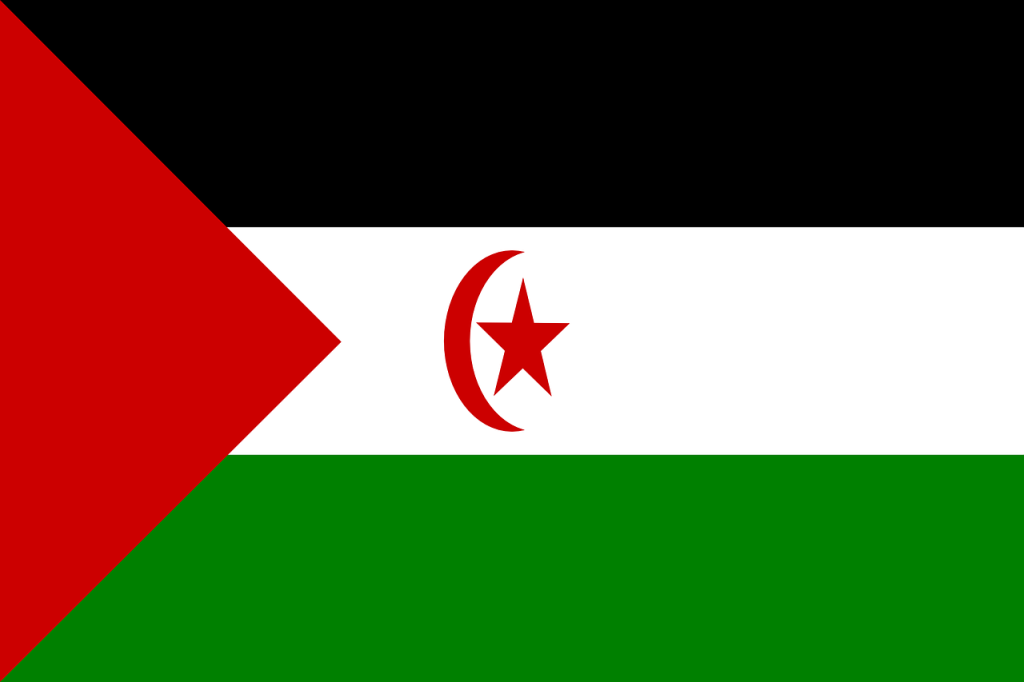
Western Sahara is a peculiar case. On world maps, it’s common to see the borders drawn for Western Sahara, and it is recognized by 45 UN member states. However, it is mostly governed by Morocco.
Laayoune, the largest city, is managed by Morocco. Given that the Moroccan government oversees Western Sahara to a large extent, the UN formally designates it as a non-self-governing region. Western Sahara appears to fall short of the standard definition of a nation, which is one that is autonomously administered. It’s difficult to say.
What About United Kingdom?
There are four nations that make up the United Kingdom: England, Scotland, Wales, and Northern Ireland. Since the United Kingdom has ultimate control over them, these are regarded as component rather than sovereign countries.
What Places are Not Countries? (But People Think they are Countries)
There are several places that are commonly thought to be countries, but they actually belong to a sovereign state. Some examples include Hong Kong, Macau, and Tibet (all belonging to China), the Faroe Islands and Greenland (both belonging to Denmark), and the Falkland Islands, Gibraltar, and the constituent countries of England, Scotland, Wales, and Northern Ireland (all belonging to the UK). There are also several Caribbean territories like Anguilla, Aruba, Bonaire, British Virgin Islands, Cayman Islands, Curacao, Guadeloupe, Saint Martin / Sint Maarten, Turks and Caicos and the US Virgin Islands that are owned by various countries. Antarctica is not a country, but there have been attempts to claim it by seven countries (Argentina, Australia, Chile, France, New Zealand, Norway and the United Kingdom). The Arctic is not a country, but eight countries have territory in it: America (through Alaska), Canada, Denmark (through Greenland), Finland, Iceland, Norway, Russia and Sweden.
Conclusion and Takeaway
The question of how many countries there are in the world is neither straightforward nor static. It relies on how we categorize and identify a nation, which might change in response to various viewpoints and standards.
The number of countries can also change over time due to various political events. The number of countries has significant implications for global politics and economics, as it affects the diversity and interlinking of the human population, as well as the challenges and opportunities that arise from global issues.
The world we live in and the society we wish to create can be understood better by being aware of how many nations there are. With regard to global concerns that concern us all, it can assist us in making educated judgments. We invite you to study more about this subject and its ramifications and to let others know what you think.



